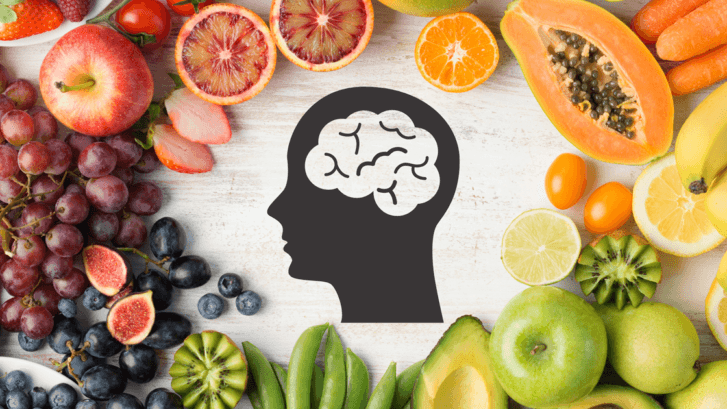Battling Early Allergy Season: Insights from Our Doctors’ Office
As the whispers of spring grow louder, many of us anticipate the vibrant blossoms and verdant landscapes. However, for a significant portion of Americans, this seasonal shift heralds the onset of allergy season, arriving with more fervor and earlier than ever. Our primary doctors in Jupiter want you to stay ahead of these developments and we are here to provide you with comprehensive insights and advice to navigate this extended allergy season with ease.
The Early Onset of Allergy Season
Recent reports, including those from the Asthma Allergy Foundation of America and the Associated Press, underscore a trend that many of us have observed: allergy season is kicking off earlier each year. Over 80 million Americans grapple with the nuisance of itchy eyes, runny noses, and other hallmark symptoms of seasonal allergies. Notably, a Chicago-area doctor observed that tree pollen levels reached a “moderate” status as early as February, a clear indication of the season’s premature commencement.
Dr. Rachna Shah, among others, attributes this shift to climatic variances, suggesting that warmer weather patterns have elongated the allergy season. The implications of climate change, manifesting in longer and more intense allergy periods, necessitate a proactive approach to managing symptoms.
Know Your Pollen
Understanding the culprits behind your allergies is paramount. The three primary pollen types triggering seasonal allergies are tree, grass, and weed pollens. Early spring predominantly features tree pollens from birch, cedar, and oak, among others. As the seasons progress, grasses and weeds take the baton, exacerbating symptoms for many.
Symptom Management Strategies
Knowledge is the first step in combating allergies. Identifying your specific triggers can significantly enhance your quality of life during these trying months. Dr. Nana Mireku encourages individuals to be vigilant about potential allergens, setting the stage for targeted interventions.
For immediate relief, over-the-counter nasal sprays are recommended, albeit with a note of patience as they may take time to manifest effectiveness. Additionally, while antihistamines stand as a staple in allergy management, Dr. Shah suggests considering alternate brands should one cease to provide relief, although more data is needed to fully endorse this strategy.
For long-term care, exploring immunotherapy, available in shots or oral drops, can be transformative, addressing the immune system’s core responses to allergens.
Navigating Allergy-Prone Cities
Certain locales present greater challenges for allergy sufferers, with cities like Wichita, Virginia Beach, and Dallas topping the list of arduous environments for those with allergies. Awareness of your city’s ranking can prepare you for a more robust seasonal defense.
Conclusion
Our practice remains dedicated to guiding you through this intensified allergy season. By staying informed, adopting preemptive measures, and seeking appropriate medical counsel, you can enjoy the spring’s splendor with minimal discomfort. Remember, our team is here to support your journey toward a healthier, more comfortable season.










